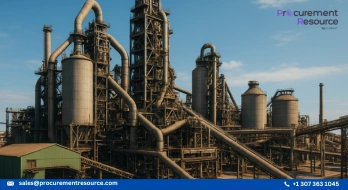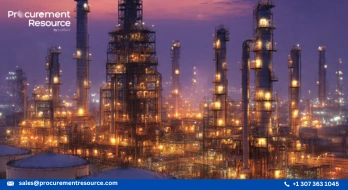Comprehensive Understanding of Californium Uses, Advantages, Prices, and Other Facts

Californium, like other actinides, is a synthetic radioactive element located on the bottom row of the periodic table. It was found by blasting curium with alpha particles at the University of California Radiation Laboratory in Berkeley in 1950. Californium metal is silvery-white in colour and flexible enough to be cut readily with a razor blade. In 1958, the first trials were conducted with concentrated californium. Since then, 20 californium isotopes with mass numbers ranging from 237 to 256 have been identified.
The most prevalent isotope of californium is californium-252, which is employed in nuclear and industrial applications. It is a prolific neutron emitter, which means that when it breaks apart, it releases many neutrons. A single microgram of californium can generate almost 170 million neurons each minute. Because of its uncommon feature, it is highly radioactive and could pose a biological threat. However, this high radioactivity can be a useful feature for some applications in the right hands.
Even though 20 californium isotopes have been found and characterised, most of them have limitations that limit their use. California-252 is distinguished from other californium isotopes by its superior neutron emission capabilities and improved stability. It is the only californium isotope currently thought to have significant practical value. Its current applications encompass a wide range of industries, and new ones are being discovered all the time.
Californium-252 can be utilised as a neutron source in reactors to start nuclear fission. While all the radiation therapies have failed, the neutrons emitted by californium-252 can be utilised to target specific cancer tumours in the medical profession. Californium-252's neutron emissions give drilling operators crucial data to better comprehend the surrounding area when employed in well-logging applications.
Californium-252 emits neutrons that can be used in various material scanning processes. For example, in prompt-gamma neutron activation analysis (PGNAA), neutron beams are used to irradiate a sample. The gamma rays emitted are detected and utilised to determine the material's composition.
Californium-252 can also be used as a neutron source for portable isotopic neutron spectroscopy (PINS), which identifies chemical warfare chemicals. Although californium-252 is recognised for being more expensive, it is still a valuable neutron source due to its ability to spontaneously fission and low production costs.
Because this isotope is highly radioactive, it necessitates specialist Type A shipping containers to protect the contents during transportation. Californium-252 is a radioactive isotope that can only be made in a high-flux isotope reactor. Only two nuclear reactors in the world can produce Cf-252: the High Flux Isotope Reactor (HFIR) at Oak Ridge National Laboratory (ORNL) and the SMR3 at Russia's RIAR.
Californium has been extensively studied since its discovery in 1950, and it offers a wide range of applications in neutron sources. Californium isotopes are all radioactive and have different half-lives. Californium-252 is the only isotope that spontaneously produces neutrons and has a half-life of 2.645 years.
The isotope, as a powerful neutron emitter, should be handled with utmost caution to avoid health risks. Inhalation of airborne particles or ingestion of infected foods or beverages is two ways it might enter the body. Even though neutron emitters can be extremely dangerous, californium-252 is available in a solid alloy wire, which reduces the risk of radioactive contamination. As a result, it is a significant neutron source for many applications, including nuclear reactors and material scanning devices. FTC has established itself as a prominent global producer and manufacturer of tailored californium-252 sources for a variety of commercial and research applications since 1984.
They also design and build high-quality Type A radioactive containers with water-extended polyester (WEP) shielding solutions for optimal safety during the shipping process, in addition to our neutron source choices. The products meet or exceed ODH, Nuclear Regulatory Commission, ASTM, and ANSI requirements. FTC also offers a return policy that permits any FTC-fabricated californium source to be returned to their facility for free disposal as part of their commitment to safety and customer satisfaction.



